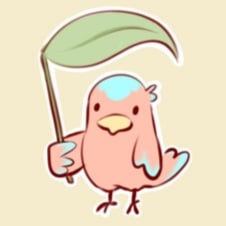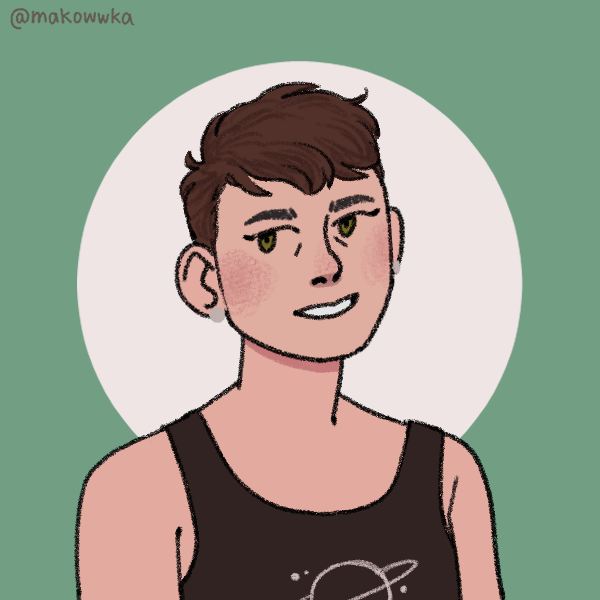I am already noticing some issues with these drawings after coming back to them with fresh eyes, but they’re still definitely an improvement! Yesterday after my post, I filled about a page and a half of my sketchbook practicing the Loomis method over and over again. I also tried to show some emotion in the faces, which was definitely a challenge, lol. Now, I’m only using pen, so I can’t use the Loomis method in my actual drawings, but all of the practice definitely helped me place things as I can estimate where the guide lines would be. Thanks a lot to @makingStuffForFun@lemmy.ml and @late_night@sopuli.xyz in particular!
Here’s another technique you could try that takes these drawings to the next level!
Instead of outlining the defined edges of someone’s head (drawing a circle, channeling ur inner loomis with guidelines n stuff), try doing a very rough light outline and just filling in the shadow areas. Like every shadow. Instantly makes things pop, isn’t difficult to do, and vastly makes pictures look much more realistic.
This is just an example: https://www.pinterest.com/pin/670332725764879484/
Essentially you end up with a drawing where you can’t even really see defined edge lines. Bumps ya from cartoon to semi realistic :)
I’ve tried this, but I’m really enjoying using pen right now, and I’m just not skilled enough yet to get precise tones with a pen. I’ve tried it (and used different shading method for different textures), but it was rough, lol. I might switch to pencil, or I might also just tough out ink shading until I get better; we’ll see.
Fuck yeah, congrats on the progress!
If you’re interested in photorealistic portraits, I recommend learning face geometry! It’s a super helpful starting point, and once you have a sense for it you can look at a face and see how it compares to the norm, which helps you recreate what makes it unique. Or if you’re drawing fictional faces, give each face defining structural characteristics that give them their own distinct feel
In these examples, your eyes look a little bit too high, and the forehead a little bit too small, which is an extraordinarily common mistake (assuming it’s not what you’re going for, in which case it wouldn’t be a mistake). The eyes actually sit at about halfway up/down the face, which intuitively feels way too low, so many folks place them a bit high.
That might be a intentional stylistic choice though, but even if you’re going for something stylized it can be helpful to know realism :)
These look fantastic! Sorry if this was advice that had already been given, I didn’t see the original thread. Keep up the great work! ❤️



